8:30 AM, Monday morning (14 December 2009) my new driver (Mr Abbas Ahmad) with a classic white Hindustani Motors Ambassador car picked me up at the Shivoy Hotel. We drove north for a while and then generally westwards stopping for a cup of chai and other necessaries before reaching Shravasti around 1:30 PM.
ABOVE: Mr Abbas with a classic white Hindustani Motors Ambassador car. The photo was taken while we stopped to drink chai near a railway crossing on the road between Shravasti and Gorakhpur, Uttar Pradesh, India
The road is very rough in many places making it only possible to crawl along at about 20 km/hr. When passing through towns we frequently moved along at walking pace. The larger and older Ambassador car is more comfortable to ride compared with the smaller and newer Indica. However, the rear seat in this old model was a bit high and my head brushed the ceiling. I passed time on the journey listening to audio suttas which I had recorded in Myanmar in July this year. Every time I listen to these suttas, understanding seems to deepen. I listened to the Dhatuvibhanga Sutta (Analysis of Properties/Elements), Latukikopama Sutta (Simile of the Quail) and the Kitaagiri Sutta (At Kitaagiri). All very deep and significant.
On arriving at Shravasti (Saavatthi), we stopped briefly at the Sri Lankan Temple, Nava Jetavana Vihara but the monks were not available so I went across the road to walk around the Jetavaana Park.
I was hassled by local beggars and men suggesting they could be tour guides. I relied on Ven. S. Dhammika’s book – Middle Land Middle Way, A Pilgrim’s Guide to Buddhist India. It cost me (a Buddhist Pilgrim) 100 rupees to enter the park while Indians, most of whom are Hindu and Muslim tourists only pay 5 rupees.
Little remains of the original features. Most of the ruins are red brick remnants of later monasteries and stupas built to commemorate the significant places in the park.
ABOVE: A view of some ruined ancient monasteries at Jetavana Park, Shravasti (Saavatthi), Uttar Pradesh, India
ABOVE: A view of some ruined ancient monasteries at Jetavana Park, Shravasti (Saavatthi), Uttar Pradesh, India
ABOVE: A view of the supposed Ananda Bodhi tree at Jetavana Park, Shravasti (Saavatthi), Uttar Pradesh, India. It is doubtful that this is the original Ananda Bodhi tree though many faithful Buddhists and the tour guides like to think so
ABOVE: A view looking northwards on the path leading to the Gandhakuti and the Kosambikuti at Jetavana Park, Shravasti (Saavatthi), Uttar Pradesh, India
ABOVE: A view looking northwest from the path leading to the Gandhakuti and the Kosambikuti at Jetavana Park, Shravasti (Saavatthi), Uttar Pradesh, India. The ruins behind the trees are possibly ancient monasteries and/or stupas for the relics of Mahaathera Saariputta and Mahaathera Mahaamoggallana
ABOVE: A view looking west to the Kosambikuti at Jetavana Park, Shravasti (Saavatthi), Uttar Pradesh, India. In the background are some of the many Indian tourists walking on the grass despite many signs indicating that it is forbidden to walk on the grass
ABOVE: A view looking west to the Gandhakuti at Jetavana Park, Shravasti (Saavatthi), Uttar Pradesh, India
ABOVE: A view looking west on the location of the Gandhakuti at Jetavana Park, Shravasti (Saavatthi), Uttar Pradesh, India. The image shows an area of the Gandhakuti that appears to be most revered. This whole area is covered with ancient buildings that were constructed well after the time of Lord Buddha
ABOVE: A view looking north on the location of the tank at Jetavana Park, Shravasti (Saavatthi), Uttar Pradesh, India. The tank is not well cared for compared with the rest of the park. Algae and other plants are growing in the dirty water
ABOVE: A view looking west on the location of the tank at Jetavana Park, Shravasti (Saavatthi), Uttar Pradesh, India. The image shows the massive new Buddha statue and chedi being constructed by Thai Buddhists (judging from the style)
ABOVE: A view looking west toward the massive new Buddha statue and chedi being constructed by Thai Buddhists (judging from the style) at Jetavana Park, Shravasti (Saavatthi), Uttar Pradesh, India
After walking around the park, paying respect to the Ananda Bodhi tree, the Gandhakuti and the Kosambikuti and inspecting various ruins, I left the park for an hour to visit the Sri Lankan Temple and view the beautiful paintings of episodes in the life of Lord Buddha.
When I tried to enter the park again, I was told by officials at the gate that I would need to buy another 100 rupee ticket. Each ticket is only for one entry. This is a commercial enterprise and disrespectful of Buddhist Pilgrims. Each time I enter a Buddhist sacred site in this way it detracts from the religious experience.
We drove past the Jetavana park and had a quick look at the almost completed construction of a massive Buddha statue and chedi seemingly funded by Thai Buddhists. I saw what looked like Thai Buddhist lay people doing landscaping near the site. It seemed quite strange. I speculate that they may be followers of Thai Dhamakaya but I’m not sure. I didn’t enter the gate because they wanted visitors to take off shoes and walk over rough paths to get a closer look at the Buddha image and chedi.
We drove further to the old walls of the ancient city of Saavatthi. I took some photos of the walls and the supposed stupas for Angulimaala (famous serial killer who converted to Buddhism and became and Arahat) and Sudatta (Anaathapindika – the wealthy benefactor who funded the monastery at Jetavana park at the time of Lord Buddha. One story is that the Sudatta stupa was in fact his former mansion. Maybe it was his mansion and then became a stupa later… Here is a sutta about Sudatta and a story about his life. While taking photos of the Sudatta stupa a 10 year old girl-beggar tried to open my day pack from behind me. A male labourer who was working on the path entering the stupa grounds, noticed her and wacked the back of her head. Nothing was lost but the scene spoiled the spiritual ambience – little that there was with beggars and no other Buddhists in sight. Apart from me and Mr Abbas, there were a few Indian family tourists climbing the stupa, the labourers and the beggars.
ABOVE: A view looking northwest at the Angulimaala stupa located within the ancient city walls of Shravasti (Saavatthi), Uttar Pradesh, India
I went back to the Sri Lankan temple to wait for an Indian Monk who would guide me to the site of the Eastern Park, the former palace of Migara’s Mother (Visaaka = AKA Vishaka). While waiting an agitated Indian man aggressively interrogated me about why did some Australians beat up some Indian men at a pub. I explained that there are stupid people all over the world including in Australia and India who drink alcohol to excess and lose their inhibitions that may normally prevent violent and other bad behaviour. I explained that it is dangerous to go to places where alcohol is consumed in any country. The Indian men who were beaten should not have stayed at the pub so late or, even better, should not have gone there the first place. Pubs are dangerous to mental and physical health, not to mention bad for spiritual development. The Indian man seemed to want to pursue the matter further while continuously claiming that he had no grudge against me personally… I then asked him in turn, why do Indian authorities have a racist policy regarding entry to parks such as Jetavana where Indians only pay 5 rupees and foreigners pay 100 rupees. He was embarrassed at this and backed down quietly. At that moment, the Indian Bhikkhu came in the gate and I had a face-saving means of getting away from the interrogator.
The Indian monk, Bhikkhu Tevimalayogacharya (not sure of the correct spelling since this was translated from Hindi) was very friendly and spoke reasonable English. I wished once more that I was fluent in Hindi. He said he was ordained in Sri Lanka 8 years ago and had returned to Shravasti 7 years ago. He said he was previously a Hindu from the Brahmin caste and found Hinduism inadequate and so converted to Theravada Buddhism. He has arranged for a kuti, a bathroom/toilet and a simple guest hut to be constructed on the site of an Asoka Pillar commemorating the place where Visaakhaa (Migara’s Mother) built a large monastery (Migaaramaatupaasaada) for Lord Buddha at a park (Pubbaaraama) outside the eastern gate of the ancient city of Saavatthi. It was about 2km down the road heading east from the main gate of Jetavana park. We turned left (north) from the road at a place where there appeared no sign indicating the significance of the place and passed over rough roads through villages.
It was almost dark and the mosquitos were out so we went into Bhikkhu Tevimalayogacharya’s kuti where he prepared non-milk chai with fresh cardamom leaves. I paid respects to the Buddha image inside the kuti and followed some chanting. It was a good feeling to be near a real Buddhist monk and an Indian one at that.
We talked Dhamma and Bhikkhu Tevimalayogacharya gave me a list of Sutta that Lord Buddha delivered at this site. Of the 20 rains (vasa) that Lord Buddha spent at Savatti, he spent 6 at Visaakhaa’s monastery in the Eastern Park. Bhikkhu Tevimalayogacharya encouraged me to stay overnight and even to stay for a long time with him. I was tempted to do so, however, I feel committed to going to Sri Lanka to meditate at Nau Yana Monastery before deciding where and whether to settle down any where. I explained my plan and and paid respects once more before leaving. I’d like to return to this place again.
For me, Bodhgaya (Mahabodhi temple) and Lumbini (Panditarama) were the only other places where living Buddhism was visible. It may be that in the other places I visited, the monks and lay Buddhists were inside their various temples practicing. I didn’t see them at the times when I visited.
Mr Abbas, my driver, who had also been in the kuti and drank tea was keen to get back to the hotel (Uttar Pradesh Tourist Bungalow) and eat dinner. I was also very hungry. We ate a relatively late dinner around 8pm. The hotel assistant manager who spoke good English told me the hotel would soon be renovated. It was quite basic but adequate for pilgrims. I heard that the nearby Lotus Nikko Hotel costs 8000 rupees a night. I was grateful to only pay 450 rupees.
ABOVE: A view looking south west at the Uttar Pradesh Tourist Bungalow Shravasti (Saavatthi), Uttar Pradesh, India. Mr Abbas’ Ambassador car is visible on the right side of the photo
We drove back to Gorakhpur the next day (Tuesday, 15 December 2009) and I arranged my onwards train to Patna scheduled to depart at 10:20PM. It was an uncomfortable journey in 3rd class sleeper. When I booked there were no more tickets for 2nd class and no 1st class on that train at all. I seemed to be the only foreigner at either station. The train stopped at Hajipur Junction, the station for a twin city across the other side of the Ganges from Patna. Patna is the capital city of Bihar state and has an estimated population of 1.3 million so it is about twice the size of Gorakhpur. It seems to be more developed, though nothing like Bangkok.
Arriving at 5AM, Wednesday, 16 December 2009, I got an autorickshaw from Hajipur Junction train station to Fraser Road Patna for only 200 rupees. I had been unable to book a Patna hotel while in Gorakhpur so I knocked on a few doors this morning getting the message “we’re full” until I found Hotel President. I have a twin room with ensuite for 650 rupees (about A$16) per night. It is close to the Patna Museum. I showered, ate stuffed paratha and yogurt washed down with 3 cups of sweet milky chai and then napped for an hour because I had not slept well on the train.
After a delay due to a visit by an Indian Government Minister, I paid 500 rupees as a foreigner to enter the Patna Museum escorted by an armed guard to the second floor padlocked room where the Buddha’s relics are stored. I paid respects to the relics which are not visible. All the visitor can see is a small closed pottery container. The guide and guard told me that the relics are stored in the small pot in the centre of the model of ancient stupa at Vaishali (Vesaali). I saw the small pot which I wasn’t sure was the original pot. I was only allowed to take one photograph.
ABOVE: A view of the display apparently holding Lord Buddha’s relics that have been obtained from the ancient stupa at Vaishali, Bihar, India
This contrasts with the similar display at the India Museum, Kolkata which was viewable to everyone who entered the museum (foreigners 100 rupees and Indians 5 rupees). No special fee was required there and unlike the Patna Museum the relics themselves were visible. This led me to speculate that perhaps the relics at the Patna Museum had been stolen or possibly corruptly sold to a wealthy private collector for a huge amount of money.
I then walked around the rest of the museum and was delighted to see some excellent early Buddhist statues and the Didarganj Yakshi. Many of the Indians visiting the museum were young couples and groups of young people on group dates. Some approached me and asked where I was from and tried to talk about cricket. I walked around the museum clockwise and went back to the Hotel President for a rest and dinner.
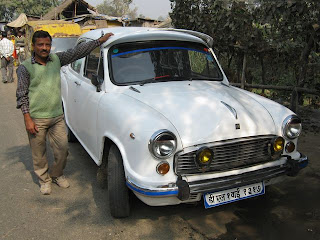
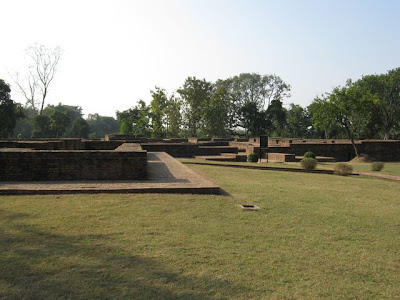

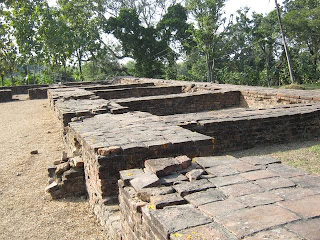
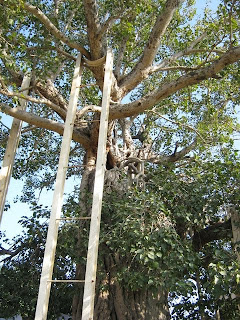


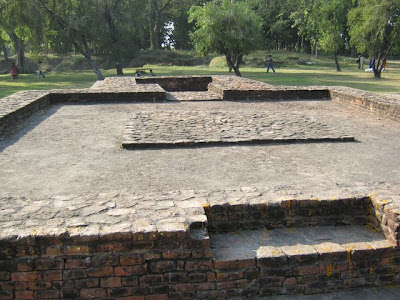
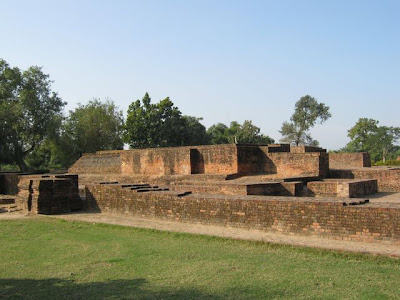
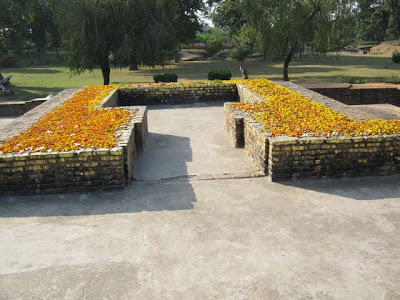
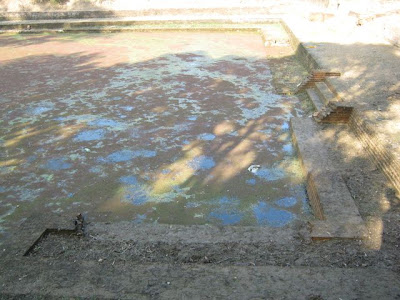
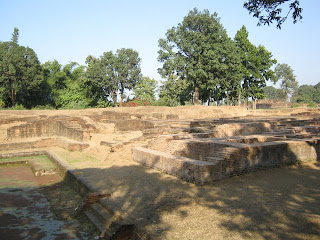
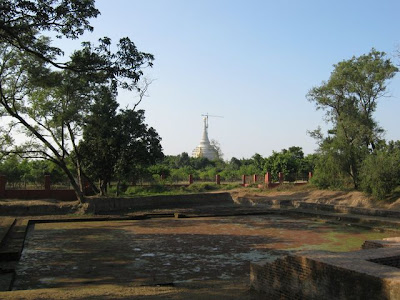
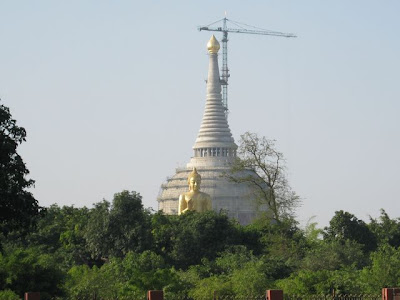

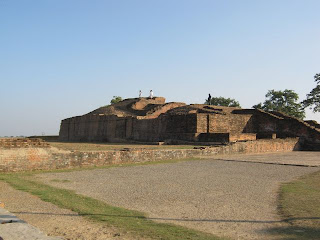
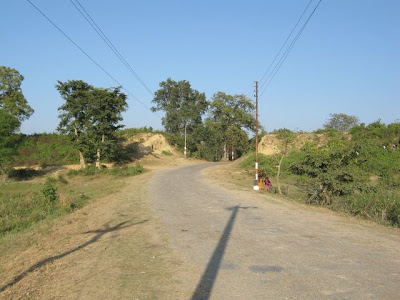
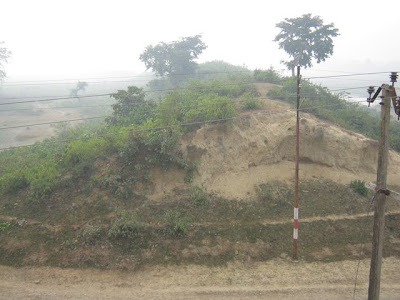
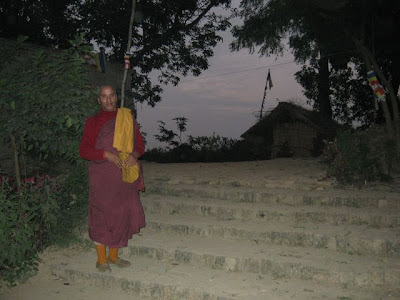
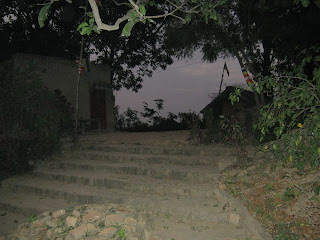
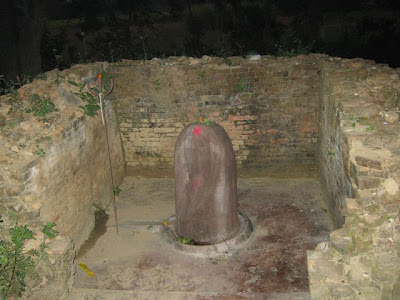
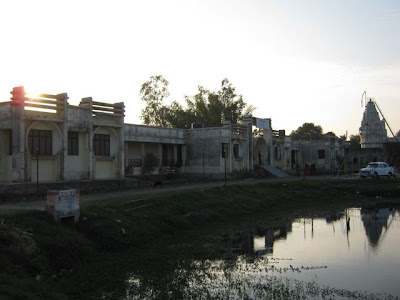

Leave a Reply
You must be logged in to post a comment.